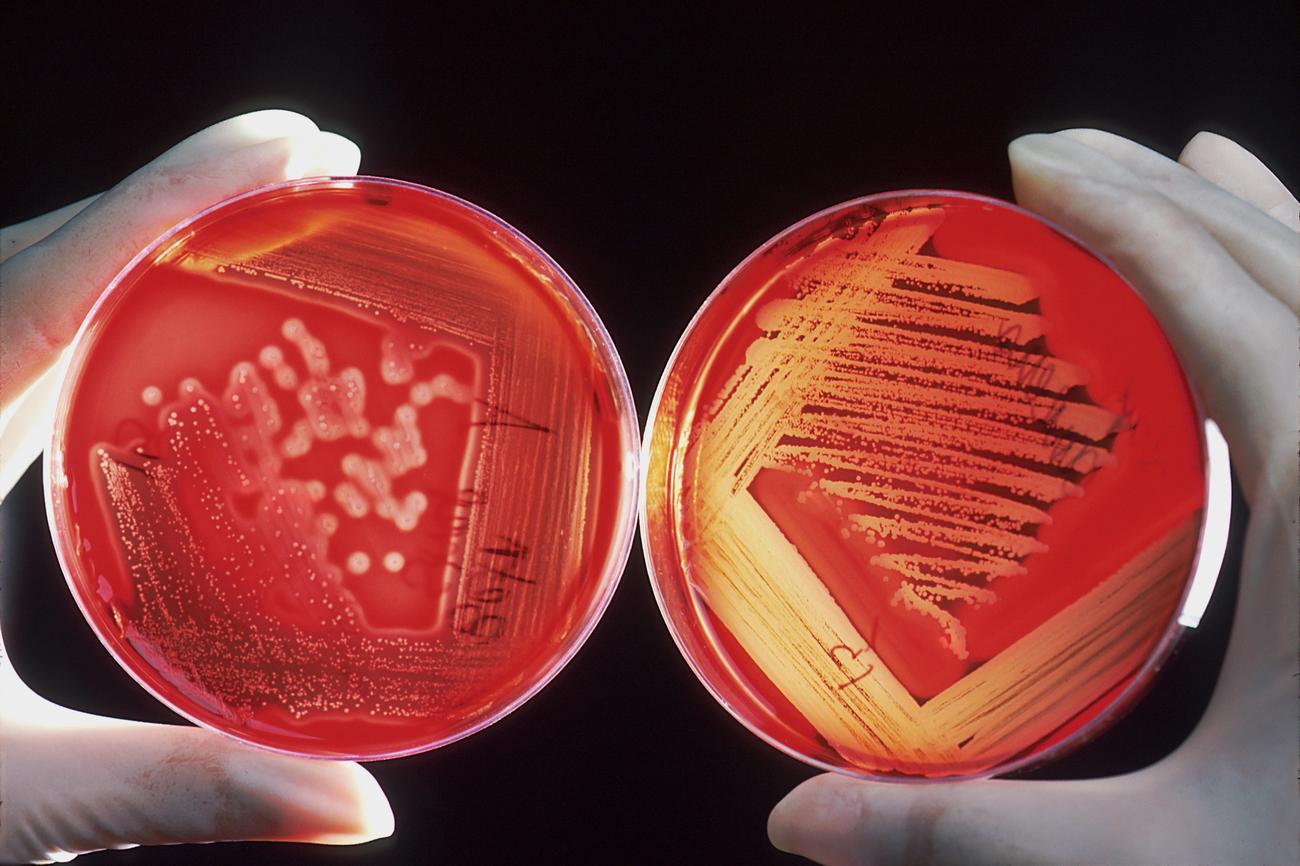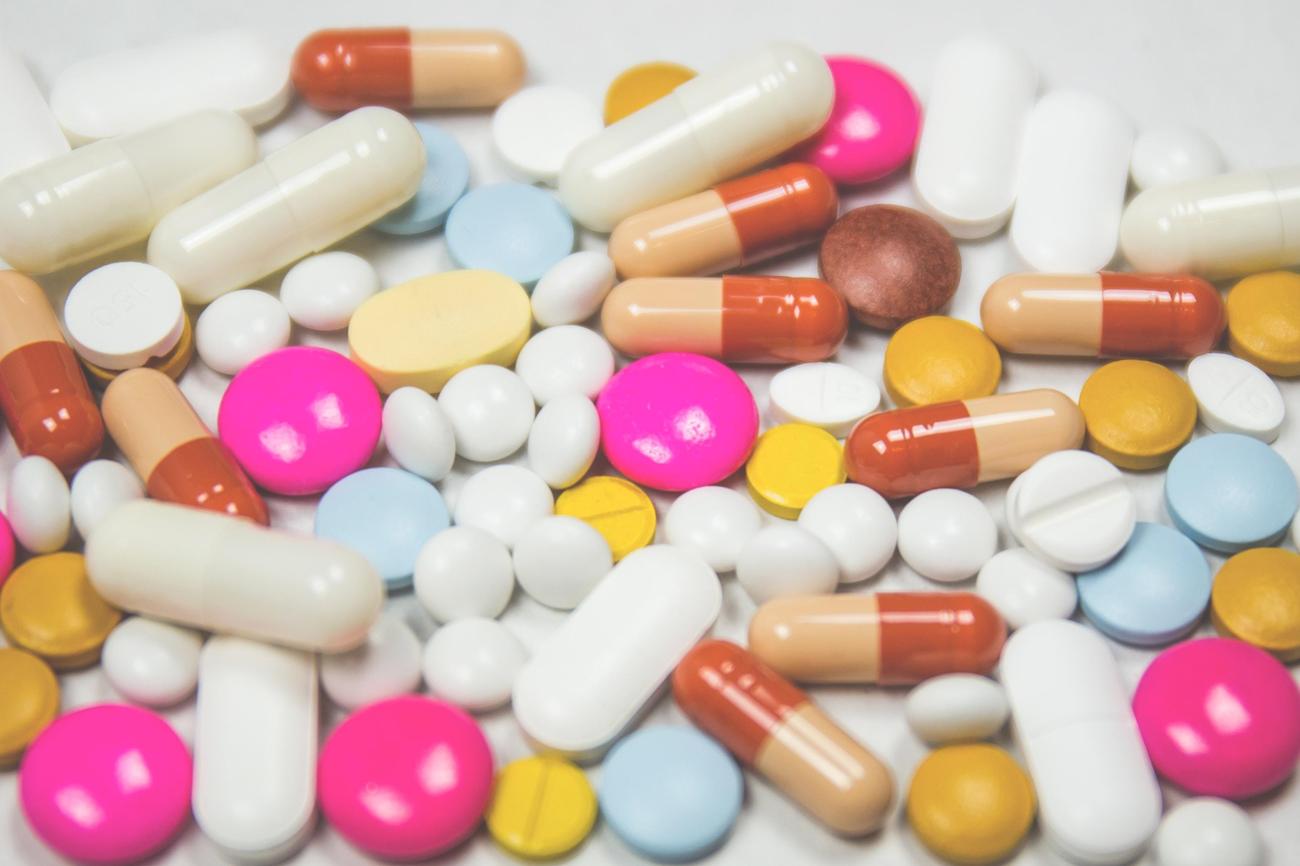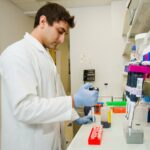Understanding Therapeutic Phlebotomy: Indications, Benefits, and Process

Welcome to an enlightening journey into the world of therapeutic phlebotomy – a highly effective medical procedure that holds immense potential in improving the health and well-being of patients with various medical conditions. As a healthcare professional with a specialization in therapeutic phlebotomy, I am here to guide you through every aspect of this unique treatment modality. From its indications and benefits to its intricate process, this article aims to provide you with a comprehensive understanding of what therapeutic phlebotomy is all about. So, join me as we delve deeper into this remarkable field and uncover the remarkable impact it can have on patient outcomes.
What is Therapeutic Phlebotomy?
Therapeutic phlebotomy is a medical procedure used to treat certain blood disorders by removing blood from the body. This procedure is commonly employed in the management of conditions such as hemochromatosis, porphyrias, polycythemia, and sickle cell disease. By extracting a pint or more of blood, therapeutic phlebotomy aims to reduce the levels of specific substances in the patient’s body, ultimately improving their health and well-being.
Therapeutic phlebotomy is a safe and straightforward process, similar to donating blood. It can be performed in physician’s offices, hospitals, or blood donation centers with the assistance of qualified medical professionals. This treatment is particularly effective for hereditary blood disorders that result in elevated iron levels or red blood cell counts.
The procedure has minimal side effects, which are primarily associated with the change in blood volume. Some patients may experience mild dizziness or low blood pressure, but these effects are temporary and generally well-tolerated.
In summary, therapeutic phlebotomy is the preferred treatment for blood disorders that require the removal of excess iron or red blood cells. It is frequently used for conditions like polycythemia vera, hereditary hemochromatosis, and porphyria cutanea tarda. The frequency of the procedure depends on the patient’s specific condition and needs, as determined by their healthcare provider.
“Therapeutic phlebotomy offers an effective approach for managing blood disorders by eliminating excessive iron or red blood cells. This procedure, performed by trained professionals, is safe and commonly used in various medical settings.”
Phlebotomy is an intriguing field that involves the collection and analysis of blood samples. If you’re curious about the facts surrounding this fascinating profession, you’re in luck! We’ve compiled a list of Facts About Phlebotomy that will surely pique your interest. Click here to discover more about the essentials of phlebotomy: facts about phlebotomy. Whether you’re considering a career in phlebotomy or simply want to expand your knowledge, this comprehensive list will provide you with valuable insights. So why wait? Dive into the world of phlebotomy and uncover the compelling facts that make it such an essential part of the medical field.
PTG-300: A Revolutionary Treatment for Polycythemia Vera Patients
[youtube v=”JxdZiQUTcuk”]
Polycythemia vera (PV) is a chronic blood disorder characterized by the excessive production of red blood cells in the bone marrow. The standard treatment for PV is therapeutic phlebotomies, which involve the removal of blood to maintain hematocrit levels below 45%. However, a recent breakthrough in medical research has led to an innovative therapeutic approach called PTG-300 that shows promising results in reducing the need for phlebotomy and effectively managing PV.
PTG-300, a novel treatment for PV, is a hipsite mimetic that acts as a negative regulator of our metabolism. Unlike phlebotomy, which physically removes blood from the patient, PTG-300 works by inhibiting the flow of iron into the plasma, consequently reducing the production of red blood cells and controlling hematocrit levels. The results of a study involving 18 PV patients who received PTG-300 demonstrated the elimination of the need for phlebotomy in these heavily phlebotomy-dependent individuals.
Furthermore, PTG-300 has shown efficacy in addressing iron deficiency in PV patients. At the start of the treatment, all patients exhibited low ferritin levels, indicating iron deficiency. However, after just four weeks of PTG-300 therapy, their ferritin levels improved, indicating a positive response to the treatment.
It’s essential to note that PTG-300 is a novel approach to treating PV, and ongoing research aims to explore its safety and efficacy further. As more patients are enrolled in clinical trials and the duration of the study continues, researchers hope to gather more robust data on the long-term effects of PTG-300 on PV patients.
In addition to its potential in reducing the need for phlebotomy and addressing iron deficiency, PTG-300 also shows promise in improving PV symptoms. Preliminary data suggests that patients treated with PTG-300 have experienced some alleviation of symptoms, which is an exciting development for individuals living with PV.
Ultimately, PTG-300 has the potential to revolutionize the treatment of PV. By reducing therapeutic phlebotomy dependency, addressing iron deficiency, and possibly improving symptoms, it provides hope for PV patients to lead better lives. Further research and clinical trials will shed more light on the safety and efficacy of PTG-300, as well as its potential effects on thrombotic risk in PV patients.
As medical advancements continue to pave the way for more targeted and effective treatments, PTG-300 emerges as a promising solution for PV patients. With its ability to revolutionize the management of this chronic blood disorder, PTG-300 offers hope for a brighter future for PV patients worldwide.
“PTG-300 eliminates the need for phlebotomy in heavily phlebotomy-dependent patients with polycythemia vera.” – Marina Kremyanskaya

FAQ
What is therapeutic phlebotomy?
Therapeutic phlebotomy is a procedure used to remove blood from the body as a treatment for certain blood disorders such as hemochromatosis, porphyrias, polycythemia, or sickle cell disease. The goal of therapeutic phlebotomy is to decrease the levels of certain substances in the patient’s body.
What conditions can be treated with therapeutic phlebotomy?
Therapeutic phlebotomy is often used in the treatment of hereditary blood disorders that raise iron levels or red blood cell counts in the body. It is commonly used for conditions like polycythemia vera, hereditary hemochromatosis, and porphyria cutanea tarda.
How is therapeutic phlebotomy performed?
During a therapeutic phlebotomy procedure, about a pint or more of blood is drawn from the patient. It is a safe and easy procedure, similar to donating blood, and is usually performed in physician’s offices, hospitals, or blood donation centers. Medical professionals such as physicians or phlebotomists can perform therapeutic phlebotomy.
What are the major side effects of therapeutic phlebotomy?
The major side effects of therapeutic phlebotomy are related to the change in blood volume and may include dizziness or low blood pressure. However, the procedure is generally safe and well-tolerated by patients.
How often can therapeutic phlebotomy be performed?
The frequency of therapeutic phlebotomy depends on the patient’s condition and needs. It can be done regularly as determined by the healthcare professional managing the patient’s treatment.
- Mastering Leader in Spanish: The Complete Guide - April 19, 2025
- Uncovering Surprising Parallels: England Size Compared to US States - April 19, 2025
- Old Mexico Map: Border Shifts 1821-1857 - April 19, 2025
















